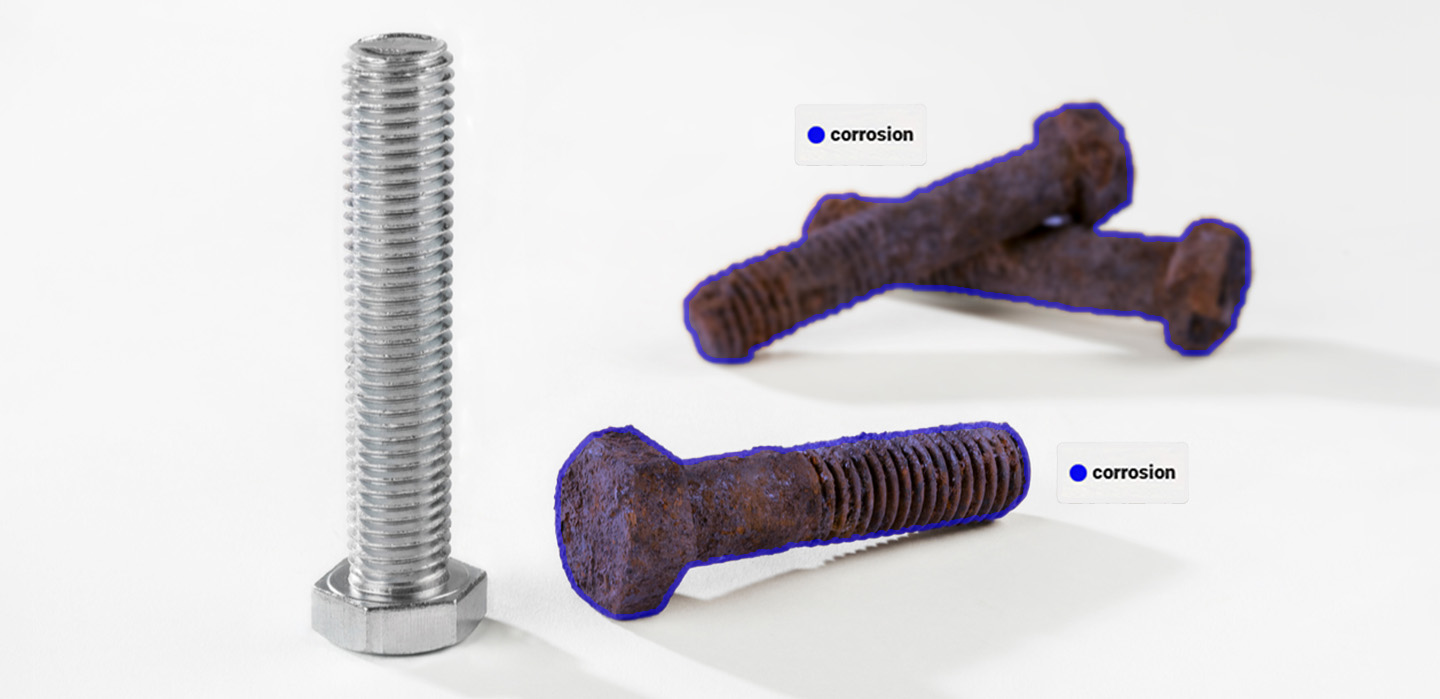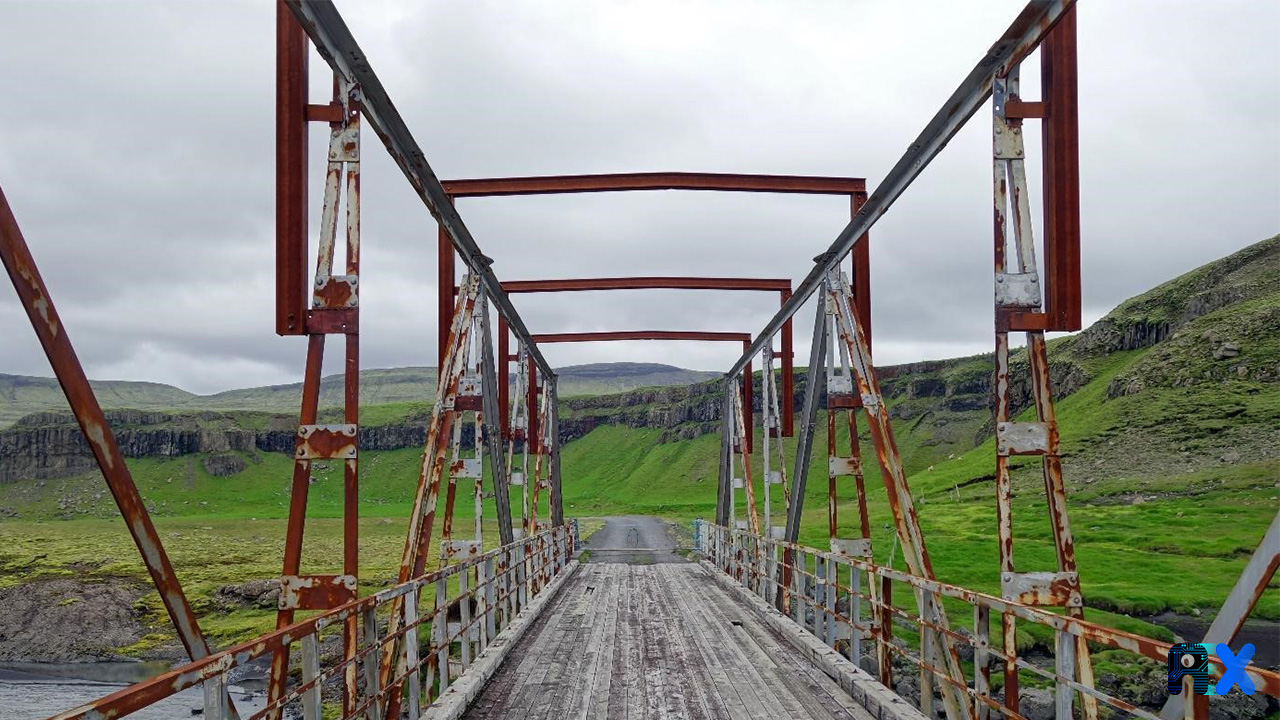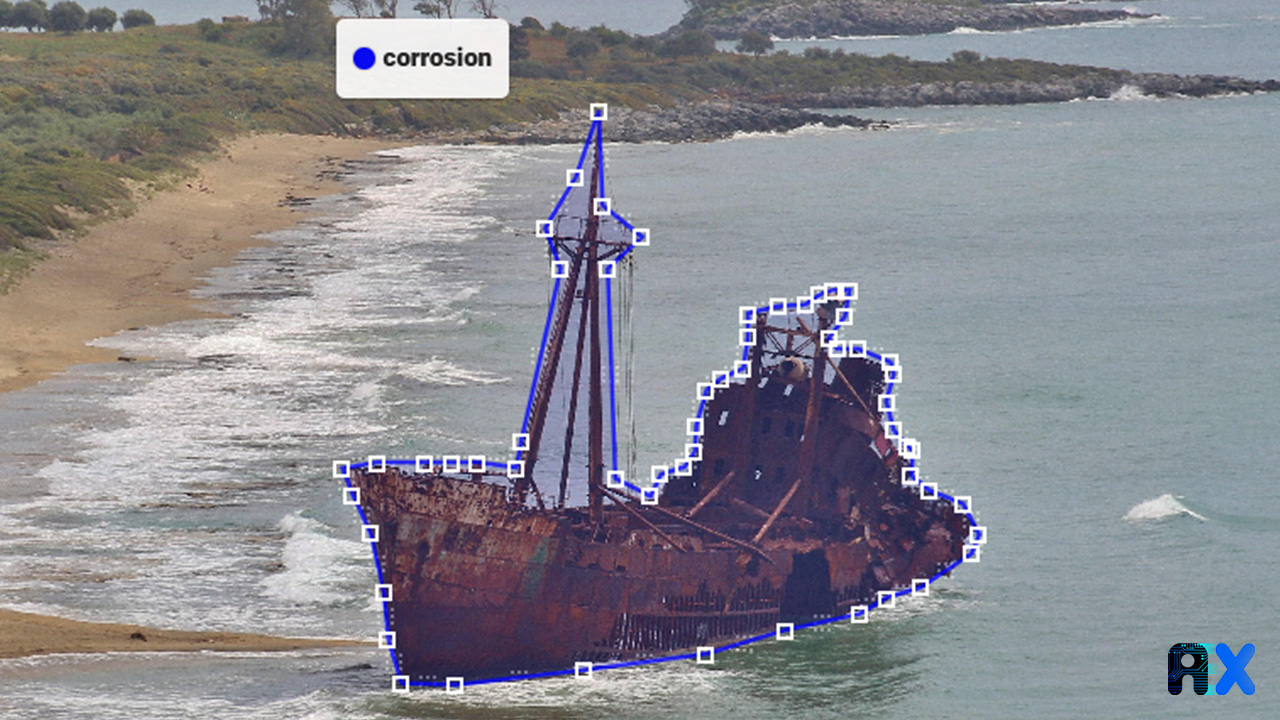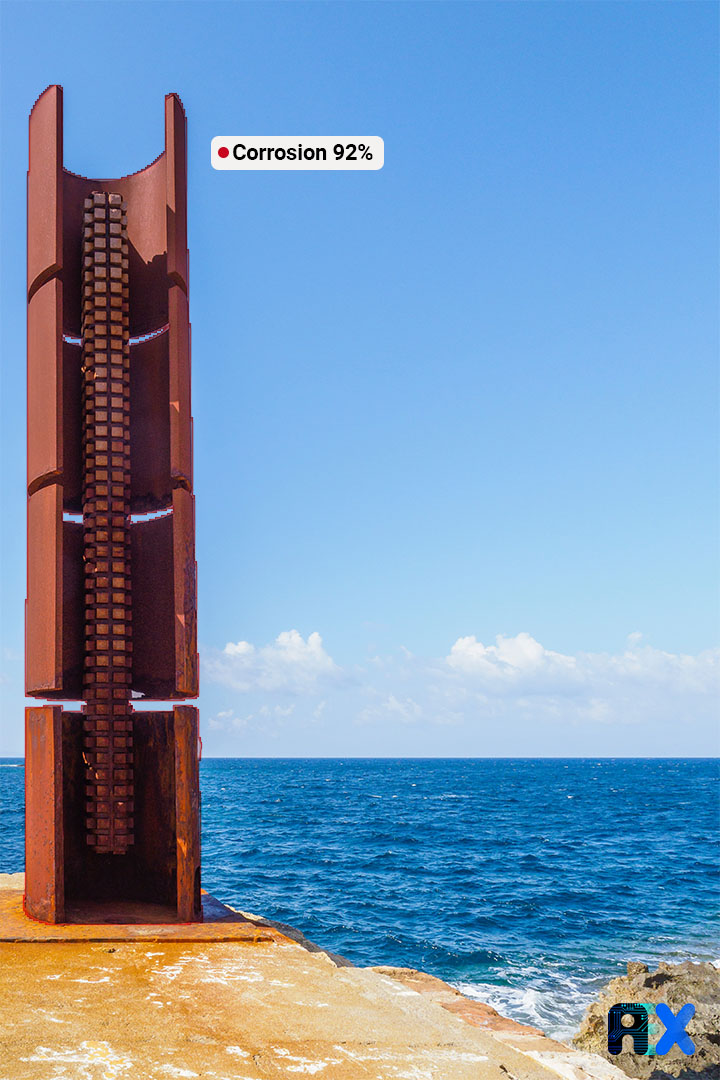Contact Info
133 East Esplanade Ave, North Vancouver, Canada
Expansive data I/O tools
Extensive data management tools
Dataset analysis tools
Extensive data management tools
Data generation tools to increase yields
Top of the line hardware available 24/7
AIEX Deep Learning platform provides you with all the tools necessary for a complete Deep Learning workflow. Everything from data management tools to model traininng and finally deploying the trained models. You can easily transform your visual inspections using the trained models and save on tima and money, increase accuracy and speed.
High-end hardware for real-time 24/7 inferences
transformation in automotive industry
Discover how AI is helping shape the future
Cutting edge, 24/7 on premise inspections
See how AI helps us build safer workspaces


Visual inspection is a crucial part of property management, which is done to find apparent defects. By using image processing methods, we can automate corrosion inspections and speed up this process, mainly in critical scenarios like ship, bridge, and pipeline inspections.
In this article, we describe what corrosion is and why it occurs, then we introduce tensor flow object detection API and use it to detect corrosion in images.
Corrosion is one of the most common popular we encounter in our daily lives. You’ve probably noticed that over time, some iron items become coated in an orange or reddish-brown colored coating. This layer is made by a chemical reaction called rusting, which is a type of corrosion. Rusting is a kind of oxidation. Rust is formed when iron interacts with water and oxygen. The main causes of corrosion are:
Corrosion of metals can happen in various industries. Corrosion causes metals to not have their previous performance and, in some industries, this is very dangerous. Therefore, checking the corrosion of metals is very important in the equipment monitoring. Here’s a list of industries in which corrosion are commonly occur:
Corrosion Monitoring is a procedure that evaluates and monitors apparatus components, structures, procedure units, and facilities for traces of corrosion. Monitoring programs aim to identify certain situations in mandate to extend the life and serviceability of assets while increasing safety and reducing replacement costs. Corrosion monitoring covers all kinds of corrosion and materials
There are three main reasons it’s important to use a corrosion monitoring system:
We can use image processing for automated detection of corrosion from images or video presents significant benefits in terms of corrosion monitoring. Advantages include access to remote locations, inspector safety, cost savings, and speed in monitoring.
Before introducing TensorFlow Object Detection API and using it to detect corrosion, we must collect several images of different corrosion and then annotate them. These images will be used to train our model.



[1] https://thenavalarch.com/ship-corrosion-cathodic-protection-sacrificial-anodes/
[2] https://www.pipingmart.com/blog/other/what-is-the-main-difference-between-corrosion-and-rusting/
[3] https://byjus.com/question-answer/what-are-the-main-causes-of-corrosion/
[4] https://inspectioneering.com/tag/corrosion+monitoring
[5] https://www.ddcoatings.co.uk/2515/what-is-pipeline-corrosion
[6] https://highways.dot.gov/public-roads/septemberoctober-2004/preventing-corrosion-steel-bridges
[7] https://neptune.ai/blog/how-to-train-your-own-object-detector-using-tensorflow-object-detection-api
You can enter your email address and subscribe to our newsletter and get the latest practical content. You can enter your email address and subscribe to our newsletter.
© 2022 Aiex.ai All Rights Reserved.